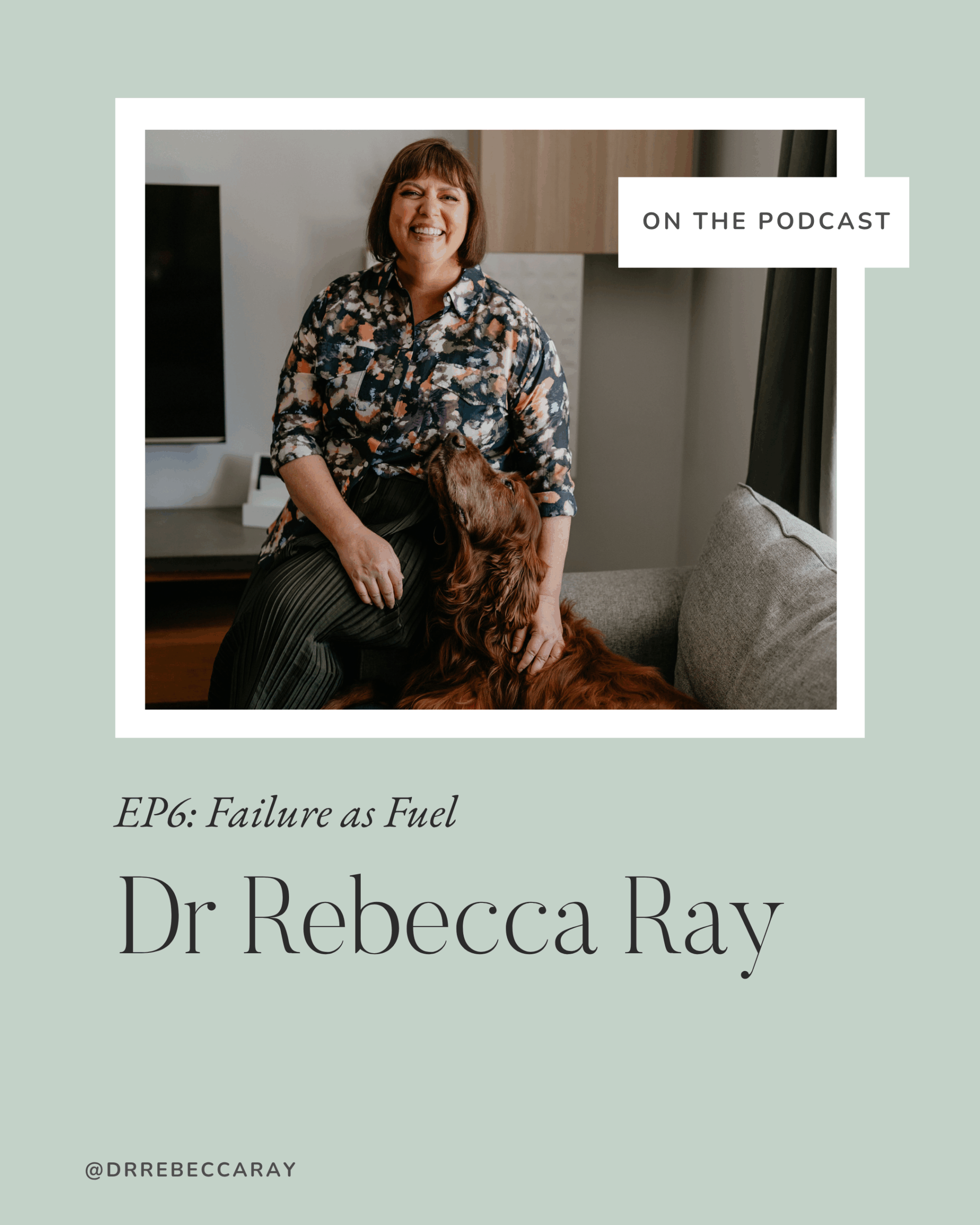Between you and me, my brain feels like syrup lately. Emails take longer to answer, writing blogs or sections of texts are taking multiple attempts and I’m finding that I’m walking away from podcast interviews feelings like I didn’t hit my points very well.
Sometimes I need reminding of the ‘draw down’ period. As in, post lockdown I need to avoid the temptation to “get back into it” and instead pull back and defrag my brain. Collect kindling, rake leaves, prune the roses, repot my indoor plants – these are a few of my draw down activities. Methodical but not ‘must do’ activities. The repetition and the movement and having just one thing to focus on is helpful.
I’m reading a book at the moment called Stillness is the Key by Ryan Holiday. It’s reminded me that anyone in history who has had any long term success hasn’t just worked non-stop. That they have prioritized stillness, rest, hobbies, long walks and periods of waiting for the right action or decision to appear instead of being ‘on’ all the time. So I started Googling what influential people in history do with their down time. Meryl Streep knits, Michelle Obama runs, and Jacinda Ardern has been known to DJ.
Winston Churchill famously used to spend hours engaged in oil painting and brick laying. He could reportedly lay up to 90 bricks an hour while chatting and playing with his daughter. The Dalai Llama repairs watches, Pope Francis dances the Tango. Saddam Hussein wrote romance novels (really!) and Donald Trump reportedly likes to tear up bits of paper.
Women coming together to engage in repetitive, rhythmic work has no doubt had calming effects on the nervous system in times of poverty and war. Without wanting to apply Golden Age thinking to what would likely have been horrific work conditions in history, we know that singing and community is what traditionally has contributed to resilience.
In the series Outlander, we see Claire joining the community of women in the highlands as they come together to waulk wool and sing. The bit where they use hot urine to set the wool dye is gross, but the singing and community is heartwarming. Being Scottish, it makes me think of the many generations of women before me who found joy and purpose in working together with other women.
Most of the women on both sides of my family worked doing laundry, house keeping or factory work. Most women on both sides of my family worked in Paisley cotton mills at some point or another. My paternal grandmother worked in the Penguin (McVitie’s) biscuit factory in Glasgow, which I recently read has closed leaving nearly 500 workers out of work.
If you’re feeling a bit ‘blah’ (and I know so many of you are) I’d encourage you to step back and see if what you need is not to rush and force work outcomes, but to draw down. Research what your ancestors did with their time – what did they do with their hands instead of scrolling their thumbs up and down?
As I mention in this week’s podcast episode, the art of learning by touching and manipulating materials with our hands is often missing in our daily rhythms. In terms of looking after our nervous systems, it’s worth considering where we can incorporate more kinaesthetic sensory input.
Links
Stillness is the Key by Ryan Holiday
This week’s Mum As You Are podcast episode on stillness (10mins)
And two birth trauma interviews I did this last month
Kylie Camps Podcast
Birth Trauma With Dr Erin Bowe
Dear Mama Project
The importance of processing birth trauma & grief with Dr Erin Bowe
Erin

featured posts:
Something I hear so often from women is that they wonder if maybe they “can’t” be neurodivergent because they did well at school, are intelligent, high-achieving and outwardly really successful. When you have early experiences of being second-guessed by others, it can leave you in this conundrum – you trust your intuition yet you doubt […]
READ THE POST
More from Around the Site

featured posts:
When women come to me for ADHD or autism assessment, they often start with a disclaimer: “But I’ve always managed. I got through school. I keep the house running. I can do the things.” And they’re right. Most of the time, you can do the things. That’s not the point. The better question is: at […]
READ THE POST
More from Around the Site

featured posts:
How to Prepare for an ADHD or Autism Assessment (and Care for Yourself After) If you’re waiting for an ADHD and/or autism assessment, it’s completely expected be feeling anxious. Many of my clients also feel they are caught in a loop of self-doubt and over thinking. Floating between trusting your instincts and all the research […]
READ THE POST
More from Around the Site

featured posts:
Podcasting can be a wild ride! I’ve run 3 of my own now. Each time it is a beautiful dance between imperfection and passion. And it’s not just about hitting record and hoping for the best. It’s about finding your voice in a world that often tells you to stay quiet. Nobody understands this better […]
READ THE POST
More from Around the Site

featured posts:
If you have an online business, then you’ve likely had those moments on the kitchen floor, crying into a tub of ice cream, wondering why your course isn’t making the six-figure splash you expected. When I first experienced this back in 2020 with my first online course, birth trauma training for birthworkers, the person who […]
READ THE POST
More from Around the Site

featured posts:
Starting a business is no small feat, especially when you’re balancing the demands of motherhood. This is an experience I’ve come to understand intimately, and it’s something my latest guest on the podcast, Dr Sophie Brock, knows all too well. A motherhood studies sociologist by training, Dr Sophie Brock has charted her own path in […]
READ THE POST
More from Around the Site
On the Air
The Mess Behind the Success
Mum as You are is my bite sized, unfancy and unplanned podcast. In weekly episodes of 15 minutes or less, I share a roadmap for finding your way back to self-compassion.
My Services
I help high-achieving women make sense of ADHD and Autism — replacing confusion with clarity and self-trust. Also known for my perinatal work and books.
Mum to small humans, dogs and chicken divas. Here for the quiet rebellion in mental health.
Get my newsletter
Life is too short for 'meh' marketing emails.
A writer at heart, I want you to feel seen, supported & entertained ;)
Your weekly antidote to self-doubt, overthinking & imposter fears
Inspiration to move through self-doubt & show up to make global impact Oh, & there's my flower farm & chickens!
